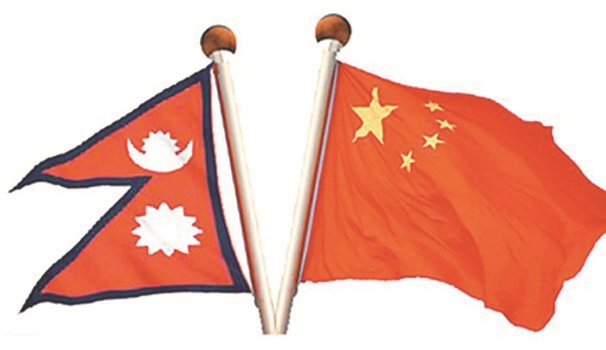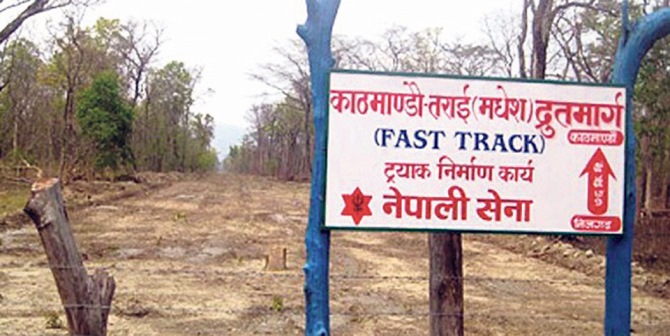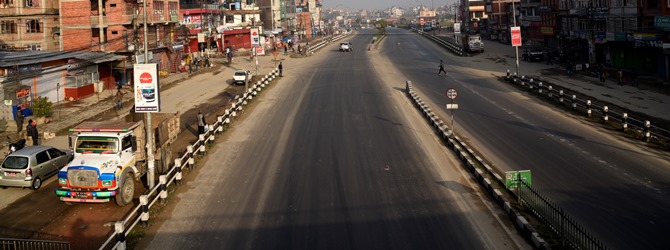Lightning largest killer in Nepal in last 4 years
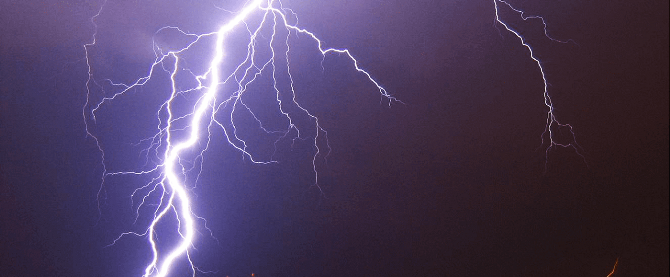
Purushottam P. Khatri
Kathmandu, Apr. 17: Lightning has become the all-time greatest killer among other natural calamities in Nepal every year, according to experts and meteorologists. Every year, many people and animals die due to lightning.
Over the last four years, 930 fatalities were attributed to lightning incidents, making it the highest killer among various natural calamities, according to Disaster Risk Reduction official website under the National Emergency Operation Centre at Ministry of Home Affairs.
The officials even said lightning alone kills nearly 24,000 people across the world every year.
From April 16, 2019 to April 16, 2020, altogether 90 people lost their lives in lightning and within last one week (April 10-16) seven people were killed by the lightning. Likewise, in the last one month (March 16 to April 16), 10 people were killed by lightning in various parts of the country. In the last one year (April 16, 2019, April 16, 2020), 381 people were injured in lightning.
Dr Shri Ram Sharma, who did his PhD in atmospheric physics and lightning group from Colombo, Sri Lanka, and currently Professor at Amrit Science College, said despite killing more people every year, the calamity of lightning has so far received little attention from the concerned authorities here.
“We often ignore lightning because unlike other disasters it rarely leads to a mass casualty. Such strikes are sporadic and scattered, but it is a major killer nonetheless,” Dr Sharma said.
“Lightning and global warming are also closely related and affecting each other. The increase in global temperature leads to more lightning and more lightning leads to an increase in temperature due to the production of greenhouse gases,” Sharma said.
In Nepal, lightning fatalities have been increasing by 100 every year on average, he said.
Lightning season begins normally after the pre-monsoon begins in Nepal.
In order to save people from lightning strikes, he stressed the need for education, preparation of curriculum on lightning, and awareness creation.
Globally, up to 95 per cent of all lightning is negatively charged, but it is the five per cent of positively charged lightning strikes that are more dangerous and deadly, he said.
“In Nepal, 34 per cent of all cloud-to-ground strikes are positively charged,” he said.
The other reasons behind the country’s high lightning fatality rate are lightning from storm clouds travels much shorter distances to reach the ground in the high mountains, Dr Sharma said. Nepal is also the most densely populated mountainous country.
Makawanpur is the most vulnerable district from lightning fatality perspective, with over 70 deaths and nearly 300 injuries due to lightning in the last five years, according to the records of the government.
Similarly, senior meteorologist Shiva Nepal said lightning is particularly destructive in an agriculture-dependent country. “Thunderbolts deposit a significant
amount of nitrate in the soil every time they strike, and an excess of nitrate is detrimental to crops,” he said.
The fatality rate for livestock is higher than that for humans. Cattle are five times more likely than people to get killed in an electric storm, he said.
Public buildings such as schools, hospitals and government offices should be equipped with anti-lightning rods, he suggested.
Telecommunication and transmission towers are at high risk because they are located on mountain tops, and need special safety measures integrated into their design, he added.
As more people use mobile phones, they must remember that it could be dangerous to use electronic devices during thunderstorms.
Meanwhile, Nepal said the Department of Hydrology and Meteorology (DHM) had installed nine lightning detection stations across Nepal (Dhangadi, Surkhet, Nepalgunj, Pokhara, Bhairahawa, Kathmandu, Simara, Tumlingtar and Biratnagar) to study thunderstorm activities and make more accurate forecasts.
“Data generated from these stations can indicate long-term lightning trends, their frequency and concentration, which in turn can help in better ‘now-casting’ of electric storms,”he said.
Recent News

Do not make expressions casting dout on election: EC
14 Apr, 2022
CM Bhatta says may New Year 2079 BS inspire positive thinking
14 Apr, 2022
Three new cases, 44 recoveries in 24 hours
14 Apr, 2022
689 climbers of 84 teams so far acquire permits for climbing various peaks this spring season
14 Apr, 2022
How the rising cost of living crisis is impacting Nepal
14 Apr, 2022
US military confirms an interstellar meteor collided with Earth
14 Apr, 2022
Valneva Covid vaccine approved for use in UK
14 Apr, 2022
Chair Prachanda highlights need of unity among Maoist, Communist forces
14 Apr, 2022
Ranbir Kapoor and Alia Bhatt: Bollywood toasts star couple on wedding
14 Apr, 2022
President Bhandari confers decorations (Photo Feature)
14 Apr, 2022




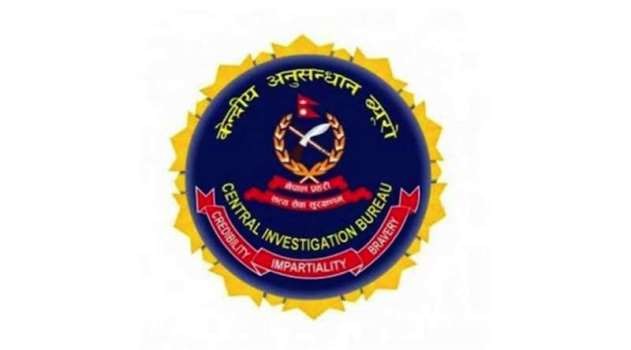
.jpg)

